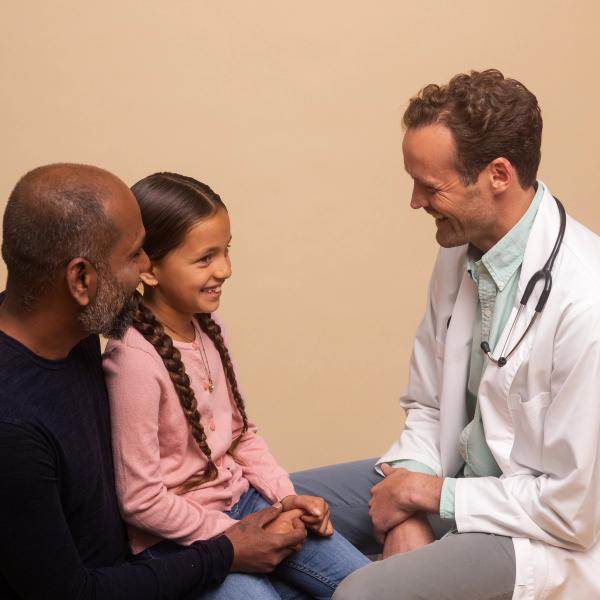Scarlet fever
What is scarlet fever?
Scarlet fever is an infection caused by Group A streptococcus bacteria. It is most common in children between 5 and 15 years of age, but can also occur in adults. The disease is characterized by a characteristic red, sandpaper-like rash, fever and sore throat.
We offer both video consultations for advice and consultations at our clinics to diagnose and treat scarlet fever.
See available appointments

